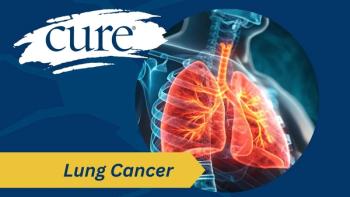
Treatments for metastatic breast cancer
The data presented on options for treatment for advanced breast cancer is still less than data for primary breast cancer, but it seemed like many of the researchers were reporting on new findings for combination drug options for metstatic breast cancer at SABCS this year. With the options seemingly increasing weekly, I could hardly follow what was the most effective protocol for any given metastatic situation, further complicated by the woman's hormonal status, Her2 status and other determining factors. It seems many of the oncologists present were having the same problem I was. I went to a dinner on one evening where the topic was "Critical Concepts in the Use of Novel Cytotoxics for the Treatment of Patients with Breast Cancer." This dinner, which was attended by a standing room only crowd of around 400, hosted three top oncologists who presented case studies on nameless women they had treated. They each began by offering the woman's basic pathology and her initial treatment before giving details of the woman's recurrent disease. Then they offered four or five options for treating the woman and asked the audience to choose which option each would use by punching buttons on a hand held survey device. They then put the audience choices on the slide in a bar graph, showing what percentage of those present had voted for which treatment choice. The great news is that there are many options now for women with metastatic breast cancer, including endocrine therapies, traditional chemotherapeutic agents, new targeted therapies, and combination cocktails that combine two or more of the above. The options offered the audience were all reasonable and every choice of treatment was chosen by at least a few of those in the room (although there was no way to determine what percentage were bogus votes by those who were not clinical professionals who were guessing). Each oncologist then offered a teaching moment on what he or she considered the besgt choice of treatment, before asking the audience to vote again. Well, as one of the oncologists pointed out, more than a few of those present weren't convinced by their teaching moments. Each of the options still got a percentage of support, with 40 percent being the highest percentage offered in one discussion. This meant that the other 60 divided their votes between the remining four choices,Does this mean that some of those answering were stupid, no. It means the options are many and oncologists will make a personal studied decision about which to suggest. I sat next to Claudia, an advocate from New Jersey, at dinner, and she was listening as closely as I was because she is metastatic, with mets in her peritoneal cavity and two nodes in her neck. She was diagnosed originally at 31 and made it 9 years before the mets popped up in 2007. Claudia, one of the approximately 165,000 women living with metastatic cancer in the US today, has just learned that her current regimen "is failing her," as she put it, and she is looking for the next option.I asked Claudia if she was surprised that there was such a wide choice of answers . Not at all, she said. There are lots of things to consider. What it did point out, she said, was that women with metastatic breast cancer need to be well educated on the options themselves and be able to ask questions about not only what treatment they would use, but what the impact might be on a clinical trial or the use of another drug in the future. I asked Claudia if listening to the options had helped her find her next option. She said it had. I wish her the best.




